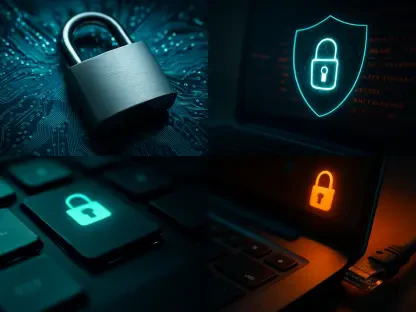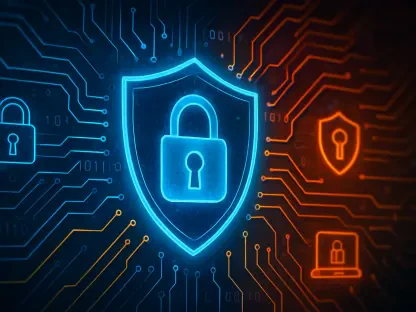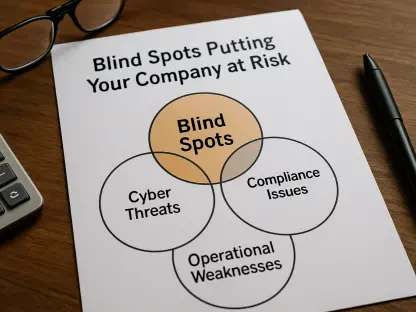In today’s rapidly evolving digital world, Chief Information Security Officers (CISOs) face a daunting task of navigating an increasingly complex cybersecurity landscape. The rise in sophisticated cyber threats, coupled with greater regulatory scrutiny and the expanding use of technological advancements, demands that CISOs continuously adapt and evolve their strategies. The importance of a proactive approach to risk management, ongoing education, and the adoption of advanced technologies underscores the essential components needed to stay ahead of potential threats. These factors not only ensure organizational security but also drive the imperative for strategic alignment of cybersecurity measures with broader business goals.
The Importance of Dynamic Risk Management and Continuous Education
CISOs must adopt a dynamic approach to risk management that involves continuously evaluating and adjusting security measures to address new and emerging threats. This requires a comprehensive understanding of the current threat landscape and the ability to quickly pivot strategies in response to new information. Continuous education plays a critical role here, as it enables CISOs to stay updated with the latest developments in cybersecurity, understand new attack vectors, and familiarize themselves with emerging technologies that can aid in defense.
Moreover, by investing in education and training, CISOs can cultivate a culture of security awareness within their organizations. This culture shift encourages employees to recognize and report potential security incidents, thereby enhancing the overall cybersecurity posture. Additionally, continually updating knowledge and skills allows CISOs to better communicate complex technical information to non-specialist stakeholders, ensuring that everyone within the organization comprehends the importance of cybersecurity and their role in maintaining it.
Integration of Advanced Technologies and Interdepartmental Collaboration
CISOs must integrate advanced technologies and promote interdepartmental collaboration to enhance organizational cybersecurity. The adoption of cutting-edge technologies aids in identifying and mitigating threats more effectively. By collaborating with other departments, CISOs ensure that cybersecurity measures align with overall business objectives and receive the support needed for successful implementation. This holistic approach strengthens the organization’s ability to respond to cyber threats and promotes resilience in a digital economy.









